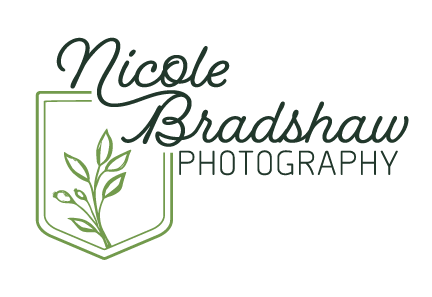Heirlooms, Antiques, and Genealogy: What do They Have to do With Photography?
I recently went through the re-branding process, and as part of that process, I had to define my purpose as a photographer. Why did I become a photographer? What did I want my goal with my clients to be? What was most important to me about photography?
My goal with my clients is to document my clients’ lives beginning with their weddings, then their maternity and newborn portraits, their annual family portraits, their children’s’ Senior portraits, and eventually their children’s’ weddings. I want to do this because photography leaves behind an accurate record of who we are. It shows exactly what we look like, what we wear, where we feel comfortable, and who is most important to us. It leaves behind a beautiful story for our descendants to see for themselves. It allows them to see where they got their red hair, their almond-shaped eyes, their dimples, their stature, their sense of style, and so much more. It allows them to see what our lives are like now. It allows them to see the relationships we have with other family members. It allows them to better understand who they are, and where they come from.
Oftentimes, we as decendants, are left with family heirlooms and other antiques from generations ago. For some quick clarification, an ‘heirloom’ is defined as, “a family possession handed down from generation to generation”. It can be anything. One family heirloom that I have is my great-grandmother’s wedding band. It was passed down to her from her Mother-in-Law (but that’s another story...). Part of what makes this treasure meaningful to me is that I knew my great-grandmother. But through family photos, I also have a connection to my great-great-grandmother, with whom the ring originated. Were it not for those photos and the genealogical work that I’ve done, I wouldn’t have a connection with the woman who first wore my ring.
Antiques are any object that was produced at least 100 years ago. Heirlooms can be antiques, but antiques aren’t always heirlooms. Antiques still have their place, though. They help us to understand how life was once lived. The styles, fashions, methods, and means of the past. An antique can become an heirloom, to the right people- for example, finding a dress that was very similar to one your great-grandmother wore as a child that may not have been hers, but could have been. It still represents that person, and becomes important.
Genealogy is the study of your family’s direct lineage and history. We are lucky in today’s internet-based world, because we have access to databases from around the world, right at our fingertips to research and learn about our personal histories. Up until about 30 years ago, if you wanted to search personal documents, you actually had to travel to the place where they were stored, and take the time to go through hundreds- if not thousands- of records to find the specific ones you were looking for! Websites like Ancestry.com and FamilySearch.org are great places to start, if you want to start recording your history. I’ve been able to trace one line of my family clear back to the 1500s in England, with the help of Ancestry (boy did that take some time!)!
So, what do all of these things have to do with photography? Photography allows me to actually see what the people who owned my heirlooms and antiques looked like. Photography allows me to see where my curly hair came from, why I have freckles, and what my great-great-grandmother looked like. Photography is the one thread that makes it all come to life. It provides a tangible visual record of history. All of these things have to do with photography for this reason alone. But, why should you care?
To paraphrase someone (I can’t remember who), ‘Today’s events become tomorrow’s history’. The photographs and portraits that I create for my clients today, become tomorrow’s history. They will help us to remember today next week, next month, next year, and five years from now. I want to help my clients create that tangible visual history of their todays so that their decendants can feel connected to them 50 and 100 years from now. So, if you’re ready to start recording your history, let’s get to it!
